How Many Use Neutral Density Filter?
Neutral Density (ND) filters are an essential tool in the arsenal of any serious photographer or videographer. They are used to reduce the amount of light entering the camera lens without affecting the color of the image. This allows for greater creative control over exposure settings, enabling the use of slower shutter speeds or wider apertures in bright conditions. In this article, we will explore the various ways ND filters are used, the different types available, and practical tips for getting the most out of them.
Understanding Neutral Density Filters
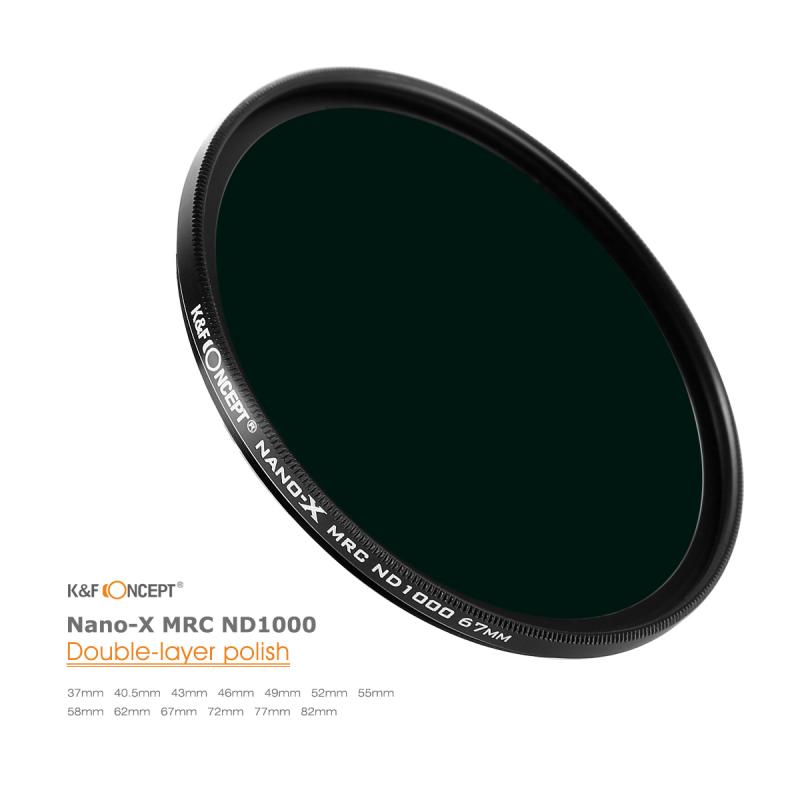
Neutral Density filters come in various strengths, typically measured in stops. Each stop represents a halving of the light entering the lens. For example, a 1-stop ND filter reduces the light by 50%, a 2-stop filter by 75%, and so on. Common ND filter strengths include 3-stop, 6-stop, and 10-stop filters, but they can go much higher for specialized applications.
Common Uses of ND Filters
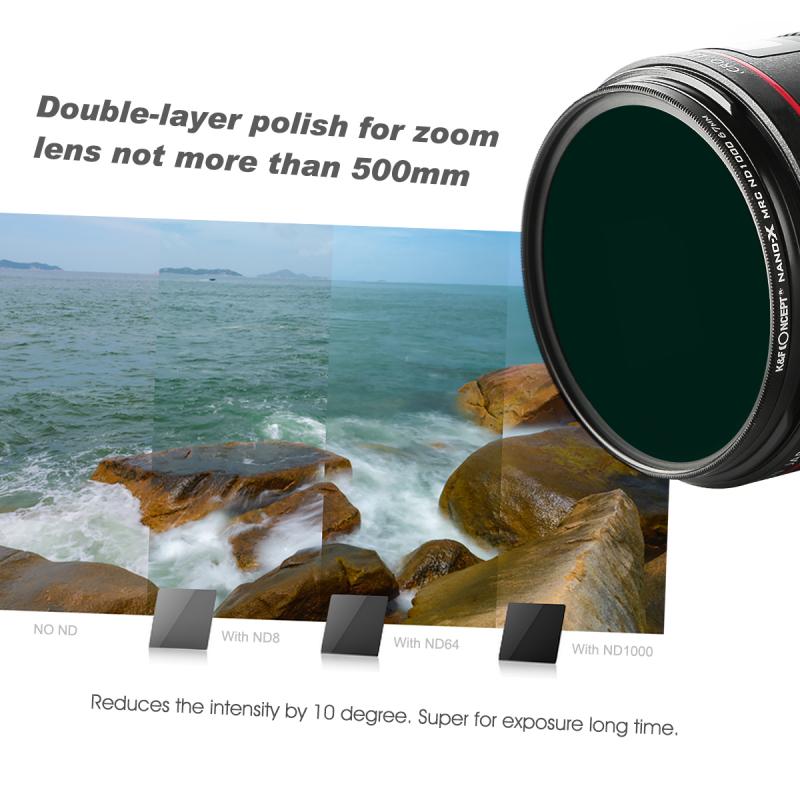
1. Long Exposure Photography: One of the most popular uses of ND filters is in long exposure photography. By reducing the amount of light entering the lens, photographers can use slower shutter speeds to capture motion blur in subjects like waterfalls, rivers, and clouds. This technique can create a dreamy, ethereal effect that is impossible to achieve with standard exposure settings.
2. Portrait Photography: In bright conditions, it can be challenging to use a wide aperture to achieve a shallow depth of field without overexposing the image. An ND filter allows photographers to use larger apertures to blur the background and isolate the subject, even in bright sunlight.
3. Videography: ND filters are also crucial in videography, where maintaining a consistent shutter speed is essential for achieving a cinematic look. By using an ND filter, videographers can control the exposure without having to adjust the shutter speed, which can affect the motion rendering in the footage.
4. Time-Lapse Photography: When creating time-lapse videos, ND filters can help manage exposure over long periods, especially during the day. This ensures that the final video has a consistent exposure, even as lighting conditions change.
5. Landscape Photography: ND filters are invaluable for landscape photographers who want to balance the exposure between the sky and the land. Graduated ND filters, which are darker at the top and gradually become lighter towards the bottom, are particularly useful for this purpose.
Types of ND Filters
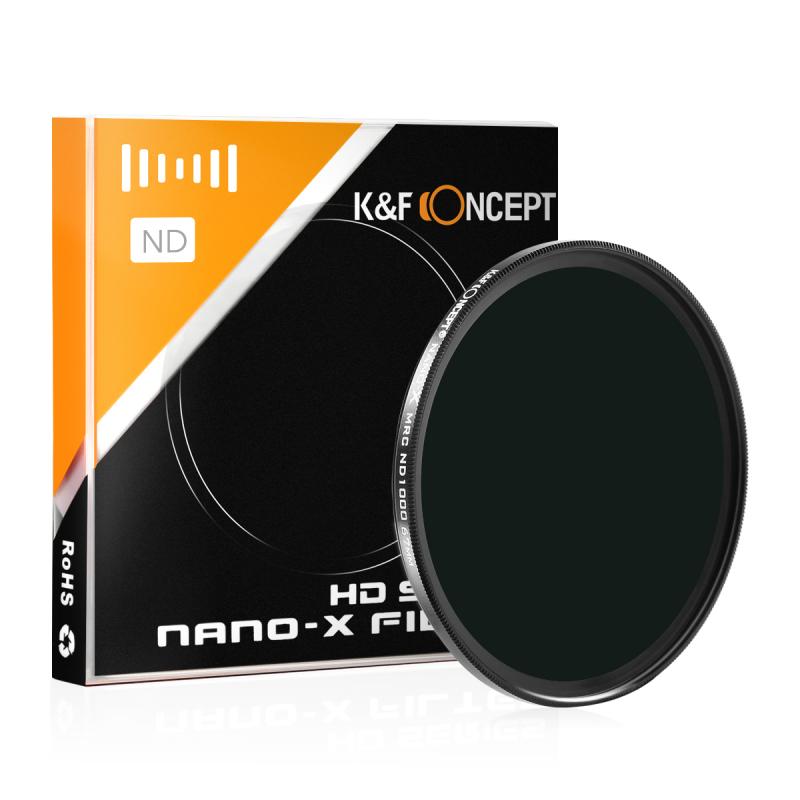
1. Fixed ND Filters: These filters have a set density and are available in various strengths. They are simple to use and are ideal for situations where you know the exact amount of light reduction you need.
2. Variable ND Filters: These filters allow you to adjust the density by rotating the filter, similar to a polarizing filter. They offer more flexibility but can sometimes introduce unwanted artifacts like color shifts or vignetting, especially at extreme settings.
3. Graduated ND Filters: These filters have a gradient from dark to clear and are used to balance exposure in scenes with a significant difference in brightness between the sky and the foreground. They are available in both hard-edge and soft-edge variations, depending on the transition's abruptness.
Practical Tips for Using ND Filters
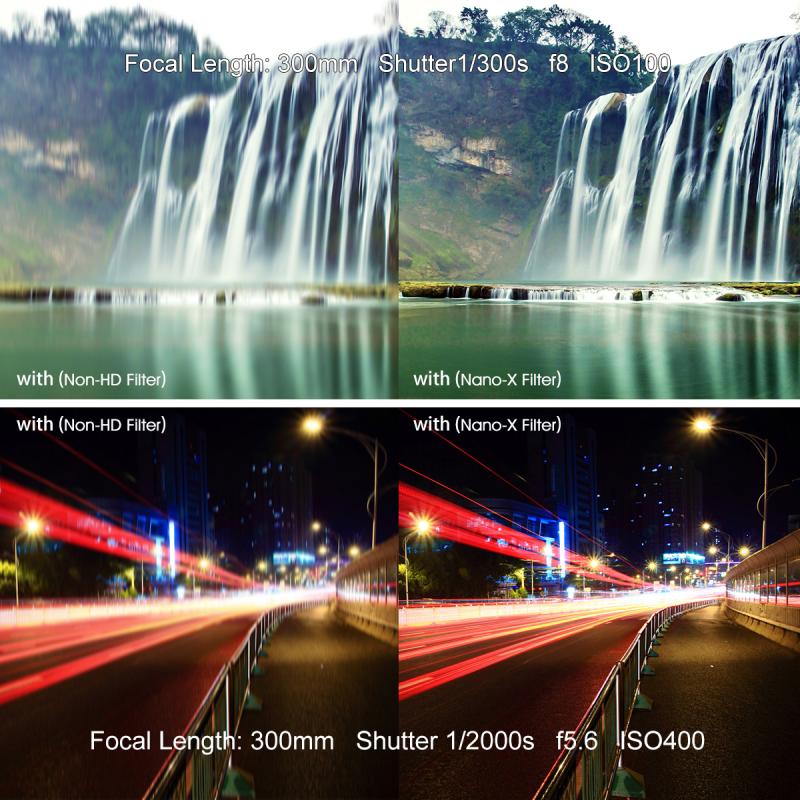
1. Choose the Right Strength: The strength of the ND filter you need depends on the lighting conditions and the effect you want to achieve. For long exposure photography in bright daylight, a 10-stop ND filter is often necessary. For portrait photography, a 3-stop or 6-stop filter may be sufficient.
2. Use a Tripod: When using ND filters for long exposures, a tripod is essential to keep the camera steady and avoid motion blur. Even slight movements can ruin a long exposure shot.
3. Focus Before Attaching the Filter: ND filters, especially strong ones, can make it difficult to see through the viewfinder or on the camera's LCD screen. It's often easier to compose and focus your shot before attaching the filter.
4. Check for Vignetting: Some ND filters, particularly variable ones, can cause vignetting, especially when used with wide-angle lenses. Check your images for dark corners and adjust the filter or composition if necessary.
5. Be Mindful of Color Casts: Some ND filters can introduce a color cast to your images. This can usually be corrected in post-processing, but it's something to be aware of. Higher-quality filters tend to have less color shift.
6. Stacking Filters: If you need more light reduction than a single filter can provide, you can stack multiple ND filters. However, this can increase the risk of vignetting and reduce image quality, so it's generally better to use a single, stronger filter if possible.
Neutral Density filters are a versatile and powerful tool for photographers and videographers. They open up a world of creative possibilities by allowing control over exposure settings in various lighting conditions. Whether you're looking to capture the smooth flow of a waterfall, achieve a shallow depth of field in bright sunlight, or maintain consistent exposure in a time-lapse video, ND filters can help you achieve your vision.
By understanding the different types of ND filters and how to use them effectively, you can take your photography and videography to the next level. Remember to choose the right strength for your needs, use a tripod for stability, and be mindful of potential issues like vignetting and color casts. With practice and experimentation, you'll soon discover the full potential of ND filters and how they can enhance your creative work.


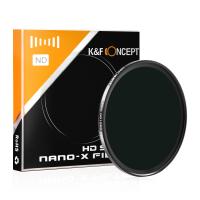

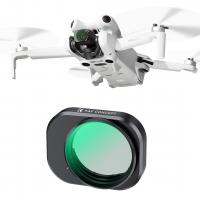
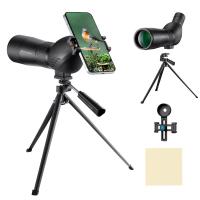

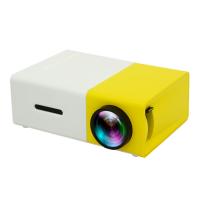
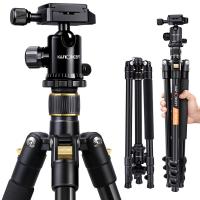

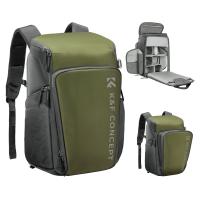
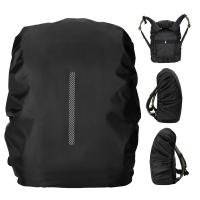

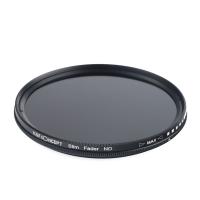



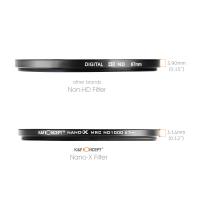

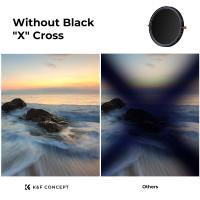
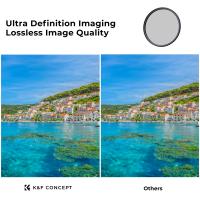

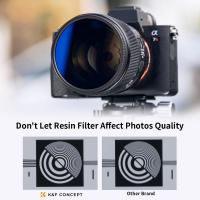
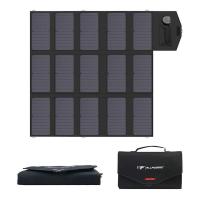
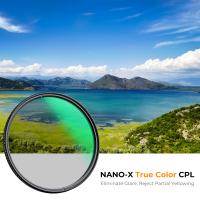
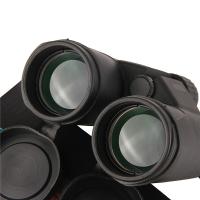
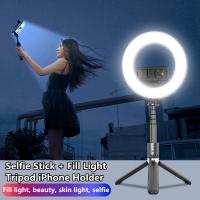
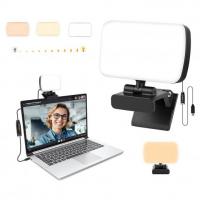





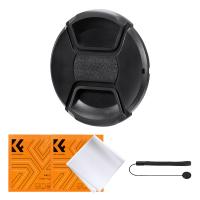
There are no comments for this blog.